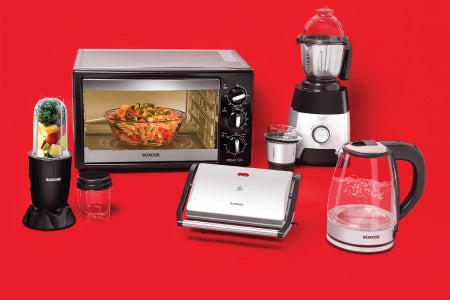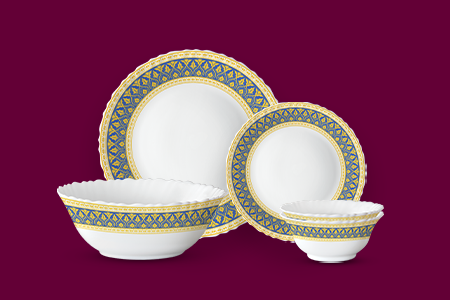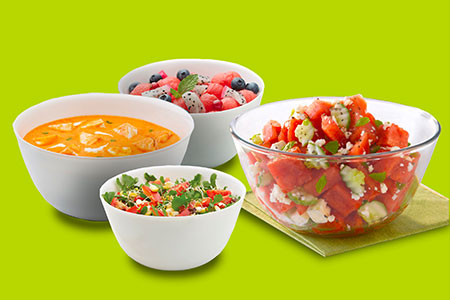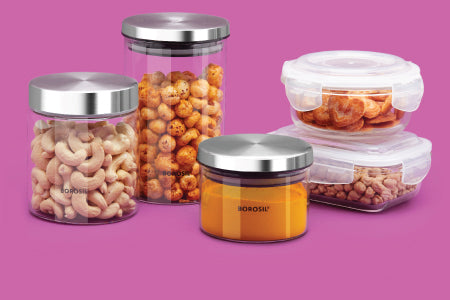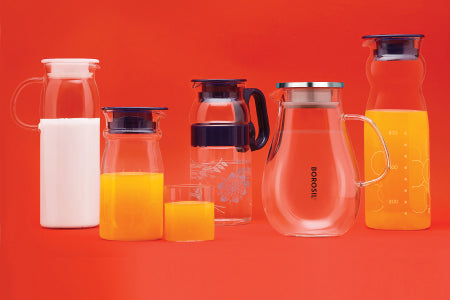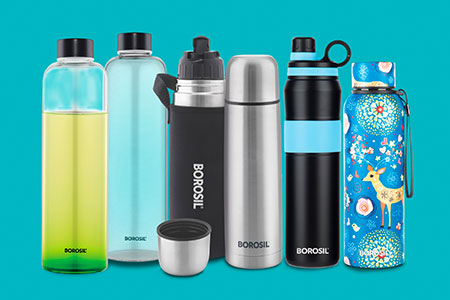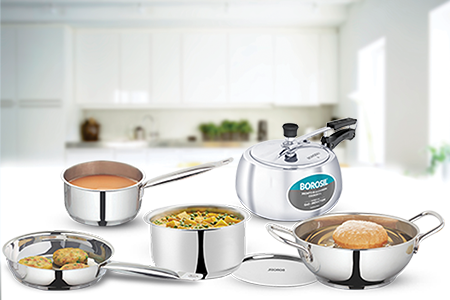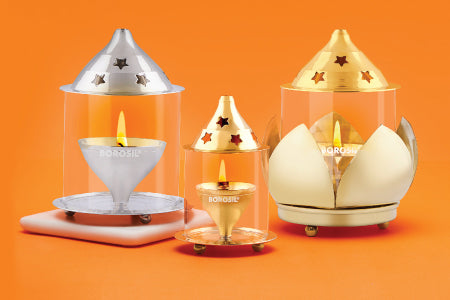
Mastering Food Plating Techniques
Plate like a Pro: Simple Tricks for Culinary experiences
Enjoying food isn't just about taste—it's a full sensory experience. Before you even dig in, your eyes get the first bite. That's why presentation is such a big deal in the culinary world. Chefs go on and on about the perfect food placement on a plate.
This isn’t just for fancy gourmet meals. Even your everyday dishes can look amazing with a few plating techniques. Imagine turning your regular dinner into a masterpiece just by how you arrange it. In this article, we share easy and fun tips to help you plate your food like a pro. Whether you're impressing guests or just treating yourself, these plating techniques will make your food look as delicious as it tastes. Ready to level up your plating game? Let’s get started!
What is the Plating of Food?
This refers to the simple process of dishing out different components of a meal onto a plate. In the world of fine dining, plating can take majestic proportions with precision spacing and texture choices. However, you don’t have to worry too much about this in daily life. While entertaining, this skill may gain you some rosy points.

Gastronomic Elegance: Tips for Plating Food Like a Pro
Isn’t a delicious meal a testimony in itself? Why go to such lengths to present it? Sight prepares your brain to anticipate the taste of the food. Thus, food experts recommend artful presentations. Here are some food plating tips that can help you master the art.
Choice of Plate Matters
Ever wondered why most restaurants serve food on white plates? White is a perfect backdrop for accentuating colours. However, you can experiment with contrasting colour plates that will give your food a popping appeal. The size of the plate matters, too. It should be big enough to place all the food items without overcrowding them. For small portions, use small plates or bowls. When choosing the plate shape, experiment with round, square, rectangular and oblong platters. These will add a personality to your meal.
Define the Main Ingredient
Food plating presentation usually concentrates on the most important part of the meal, i.e. your hero dish. Place it at the centre and arrange all the accompaniments around it. Positioning it to the side with colourful items in the middle is another way of doing this. Many popular chefs prefer the stacking technique. This involves placing the carbohydrates at the bottom, layering proteins over them and then finishing off with the veggies.
Focus on Colours
A colourful plate is pleasing to the eye and will tickle your palate. Hence, it is always a smart idea to serve foods in contrasting colours. If you give some thought to colourful plating, you can design a menu accordingly. Get experimental and go the monochromatic way, too. Serving greens or reds on a platter looks equally appealing.
Garnish in Style
If the centering of items or matching colours seems too intimidating, start by mastering the art of garnishing. You don’t have to be an expert to get this right. A simple plating technique involves placing a lemon wedge, sprinkling some cheese or adding sprigs of herbs. You can add a contemporary touch by decorating the food with microgreens and edible flowers.
Add Some Sauce
When plating a meal that is accompanied by a sauce, a little control is called for. While pouring it over the meal may seem the obvious choice, this can disrupt the colours. Thus, it is ideal to pour it first and then place the other items over it. A thicker sauce can be dotted or squiggled along the circumference.
Play with Textures
Mixing textures while plating a meal will be pleasing to the eye and a surprise for the palate. So, when presenting a plate with soft foods, a little crunch can be brought in by adding nuts, seeds or fried veggies. On the contrary, when plating a crunchy delicacy, alter the texture by adding a purée or a creamy mash.
Mind the Proportion
Don’t let the whole exercise of food plating and presentation come in the way of proportioning the meal. While overcrowding the plate is not required, you should make sure that there is enough quantity for every item. A big portion of the main course, when accompanied with little sauce, can be inadequate and disappointing. Similarly, too many side items with a small portion of the main dish are also not acceptable. Thus, focus on the serving sizes when plating to ensure complete satisfaction.
Finish with a Clean Sweep
The most important rule of plating is to make sure that the plate has clean edges. Hence, when you are done plating, use a clean cloth or a paper napkin to wipe the corners of the plate. This will help you to catch any odd spillage or drop that might have occurred while you were caught up with the presentation. This will also give your plate a professional look.

Wrapping Up
With your busy, tiring schedule, you may be finding it hard to get some decent food on the plate. In such a scenario, artful plating may seem daunting at first. However, as you get used to the technique, you will find that you just can’t do without it. Now that you are equipped with expert plating tips, start trying your hand at it today! Soon, you will be plating delicacies like a pro.
FAQs
How many colours can I use when plating a meal?
While it is a good idea to give your plate a vibrant look with contrasting colours, you should avoid going overboard with it. Hence, it is advisable to stick to a maximum of four contrasting colours on a plate.
Why are understated colours and patterns preferred for plating food?
Understated patterns and colours make the food and its texture stand out. Bold colours and patterns can draw attention away from the food and its visual appearance.
How can I improve my food plating skills?
Food plating skills are complex and require finesse. Hence, studying the work of professionals and practicing them can help. Also, experimenting with different plating styles will give you an idea of what works and what doesn’t.

